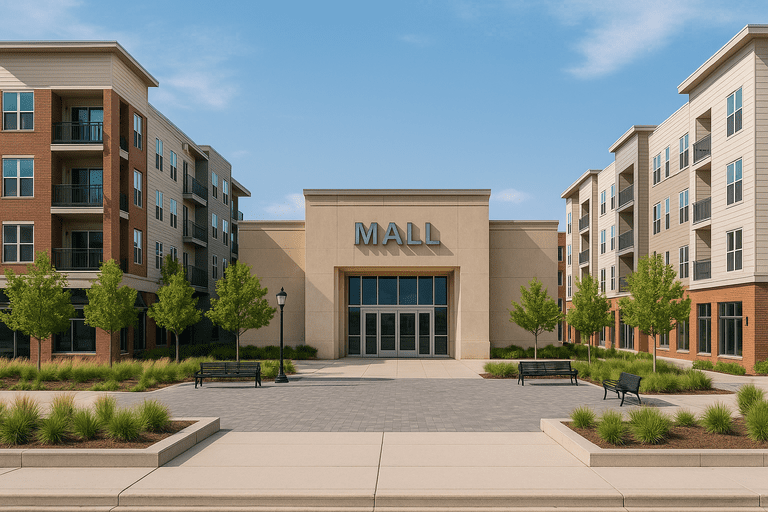Cap rates are one of the most important numbers in retail real estate, but many property owners find them confusing. If you own retail property in Southern California, understanding cap rates can help you make better decisions about buying, selling, or holding your properties.
What Are Cap Rates?
A cap rate is simply a percentage that shows how much money a property makes compared to what it’s worth. Here’s an easy way to think about it: if you bought a property with all cash (no loan), the cap rate tells you what percentage return you’d get each year.
Lower cap rates usually mean safer properties in better areas—but they cost more to buy. Higher cap rates might mean you can buy cheaper, but there’s often more risk involved.
In Southern California right now, different areas show different patterns. Orange County has the lowest cap rates because it’s seen as the safest bet with limited properties available. Los Angeles is all over the map—nice suburban shopping centers have low rates like Orange County, while struggling city locations have much higher rates. The Inland Empire generally has higher cap rates, which could mean good opportunities as that area continues to grow.
Looking Deeper Than the Numbers
A cap rate by itself doesn’t tell you everything. A property with a high cap rate might seem like a great deal, but it could have serious problems—maybe it needs major repairs, has troubled tenants, or sits in a declining area. On the flip side, paying more (accepting a lower cap rate) for a shopping center with a major grocery store in a growing area often pays off over time.
Different types of retail properties have different typical cap rates. Shopping centers with grocery stores as main tenants sell for premium prices (low cap rates). Stand-alone buildings vary a lot based on who’s renting them. A building with a successful fast-food chain gets great rates, while one with a struggling pharmacy chain won’t.
Using Cap Rates to Your Advantage
Here’s how smart property owners use cap rates:
First, know what cap rate you’re paying when you buy (your “going-in” rate). Then, estimate conservatively what cap rate you might sell at later (your “exit” rate). The difference between these numbers is your cushion against market changes.
When comparing properties, make sure you’re comparing apples to apples. A shopping center in suburban LA should be compared to other suburban LA shopping centers—not to properties in Orange County or downtown LA.
Finding Hidden Opportunities
Sometimes the market gets out of balance, and similar properties have very different cap rates. This can signal that some properties are priced wrong—creating opportunities for careful buyers.
Properties that don’t fit the exact profile that big investment funds want might offer better deals. If you’re willing to look at these overlooked properties and hold them patiently, you might find better returns.
The trick is knowing when a higher cap rate means genuine opportunity versus a property you should avoid. This takes experience and careful analysis of each property’s specific situation.
Contact us today!
(213) 880-8107
francisco.williams@williamscap.ai
williamscap.ai
Williams Capital Advisors specializes in helping property owners understand cap rates and property values across Southern California’s retail markets. We help investors see beyond the basic numbers to find true value.




